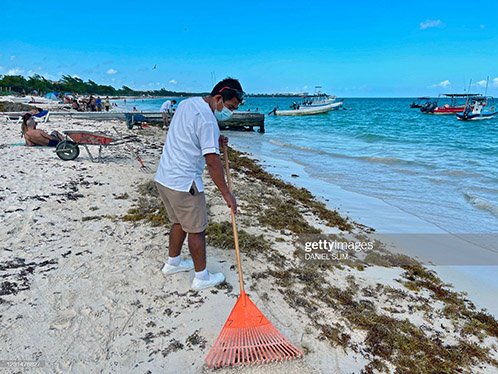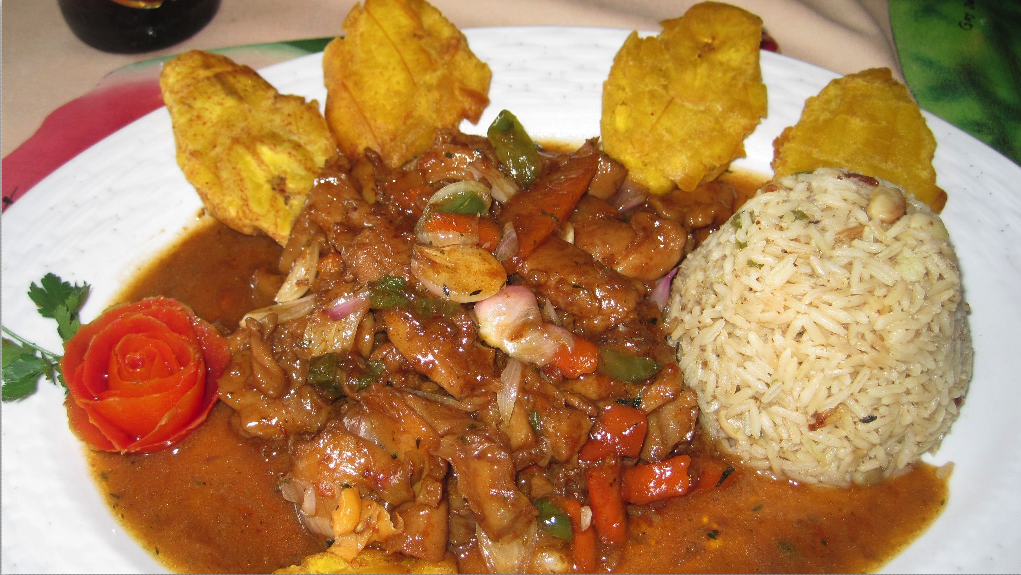News Americas, NEW YORK, NY, Weds. Mar. 3, 2021: The thriving tourism of Latin America and the Caribbean has been brought to a standstill by the COVID-19 pandemic. The region is striving to resurrect the sector, which is the lifeline for many countries’ economic well-being.
Plans to mend the present impact and to have the sector bloom were (and will continue to be) set in motion. Although, the course of such plans is often deviated by recurring setbacks. The initiation of a new phase (vaccination) in the pandemic period brings new hope of a return to “normal.”
The Plan To Revive Tourism
The hit suffered from the lack of tourism due to the COVID-19 outbreak had serious reverberations on other sectors as well, most of all the economy. Many people have lost their jobs and are eager to regain their livelihood. For example, Mexico, one of the most popular tourist destinations in Latin America, faces a projected 69% hit to the workforce.
Governments have laid out a series of initiatives to sustain this tourism-hibernation period and to return to what once was. One of the main measures to ease the burden of the pandemic was to offer financial support for people gaining a livelihood from tourism. The Brazilian government has reached out to employees and business owners with temporary income support. While Costa Rica tried to prevent layoffs by reducing the workhours and pay. Local businesses were offered support, mainly through reducing or eliminating certain taxes.
As for easing the transition for open tourism, one of the most promising paths is online. Social media and various other online platforms have allowed travel agencies to stay in touch with their client base and nurture customer relationships. What is more, it is an efficient way to keep potential clients up to date with the volatile travel climate. The hibernation period can be an opportunity for investing in the digital training of employees and for agencies to grow their online presence.
Tourism after the pandemic times will probably not look the same. Experts estimate that the effects of the outbreak will ripple out for years to come. One aspect that might change is for tourism to become more inclusive, making travel more accessible for people with lower income. For example, Chile is hoping to nurture domestic tourism by offering special deals to the elderly or people with a lower income.
Setbacks
There was a brief period in 2020 when COVID-19 cases began dropping throughout Latin America, giving the strained healthcare system a chance to recover. However, numbers were soon on the rise again. Latin America and the Caribbean were named as the epicenter for the pandemic by the Pan-American Health Organization.
The healthcare system in Latin America was already in a somewhat precarious condition. A cross-sectional study that surveyed over 50 hospitals from five countries in the region has revealed that 10.5% of patients have presented adverse events during hospitalization. Of these cases, 60% could have been prevented. If you or someone you know has not been treated according to the medical standard of care, contact a malpractice lawyer today.
Some argue that the recent wave of new COVID-19 cases was due to decisions to reopen countries and to lift some restrictions. The plan to head towards a new normal came to a sudden stop. As COVID-19 continues to severely affect Latin America, new restrictions were implemented by the government. Several countries have brought back mandatory quarantine and have expanded their testing practices.
Air travel was one of the sectors that were most affected by these new measures since many destinations were added to the no-flight list. Major airline companies have tried pleading with the government to lift the new restrictions. They ask for a return to the international measures set to allow for safe travel in pandemic times. You can consult the internationally agreed measures here.
Argentina, for example, implemented strict measures that have been extended several times, the latest deadline being March 12. The Buenos Aires region remains under lockdown, and the country will not open for tourism. Also, the borders stay closed for neighboring countries and Great Britain. However, flights with limited capacity are available for several destinations in the U.S., Europe, and some Latin American countries like Brazil.
How Vaccination Figures Into The Equation
The year 2020 ended on a somewhat positive note, with the promise of a vaccine to end the pandemic. Currently, there are several vaccines (including Sputnik V, Oxford-AstraZeneca, CanSino) that have obtained regulatory approval in countries throughout Latin America. Mexico has approved the CanSino vaccine, which unlike most vaccines, requires only a single dose. This will considerably speed up the immunization of the population
While some countries look for outside help to access vaccines, others are developing their own. Researchers from the Finlay Institute in Havana are on the brink of a breakthrough in their vaccine trials.
They have been working on a conjugate vaccine named Soberana 2 (“Sovereign”). In this case, the serum acts through a carrier molecule equipped with an antigen. Scientists are preparing to test Soberana 2 on volunteers and hoping to use it for immunizing the population.
If their plan is successful, it would be a real game-changer for the country. This would allow travel to reopen sooner under safer conditions. Furthermore, since the economy depends greatly on tourism, that sector should see a boost too. These positive ripple effects are expected throughout Latin America and the world. However, the emergence of new strains may bring on further setbacks.
The Horizon
Latin America is fighting to mend the damages caused by the COVID-19 outbreak to the health system, tourism, and economy. Recovery initiatives implemented by countries are promising to make progress, however this progress is highly dependent on medical aspects and the evolution of the virus. However, the vaccine nurtures a promise of social and economic rebirth after a long winter of solitude.










